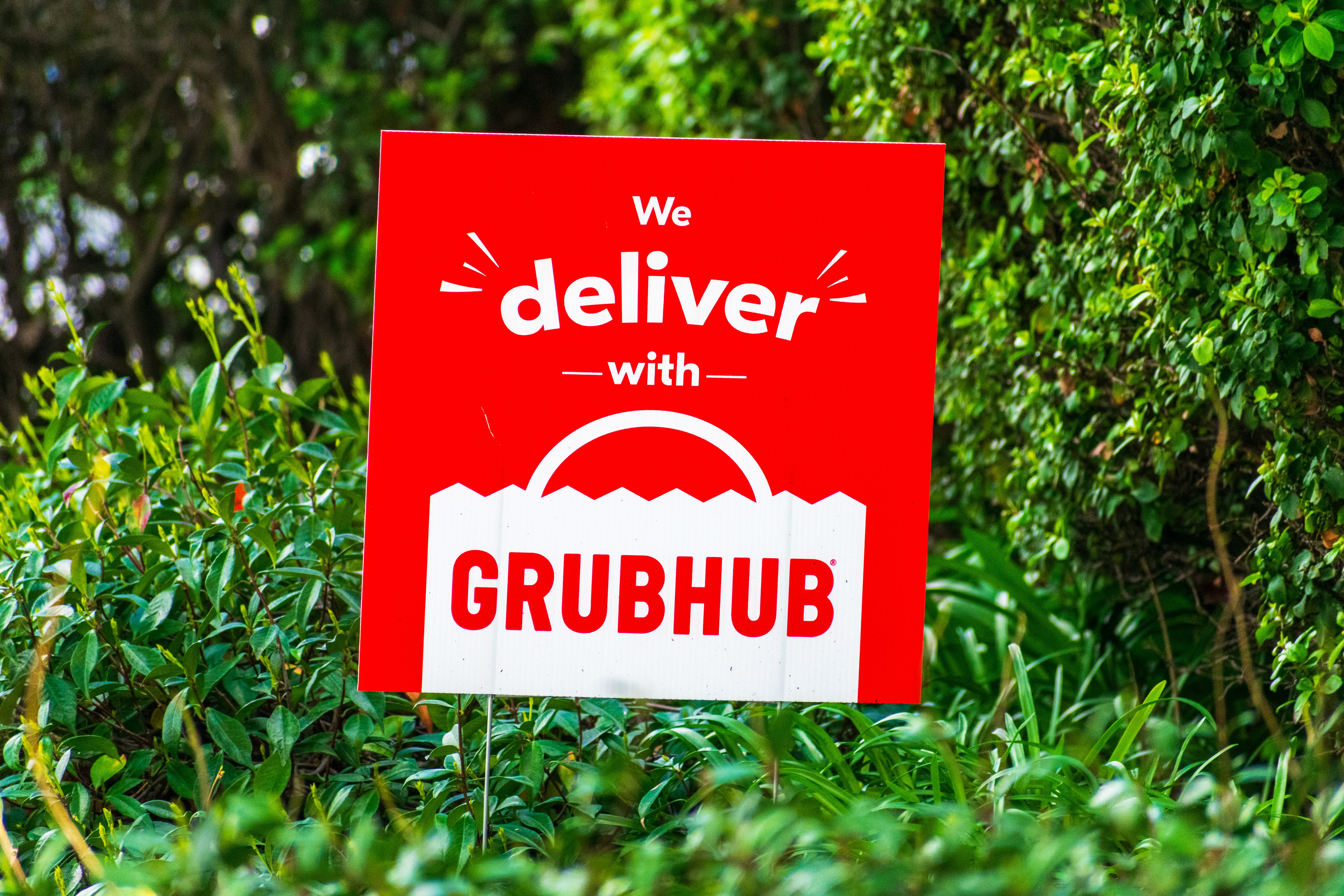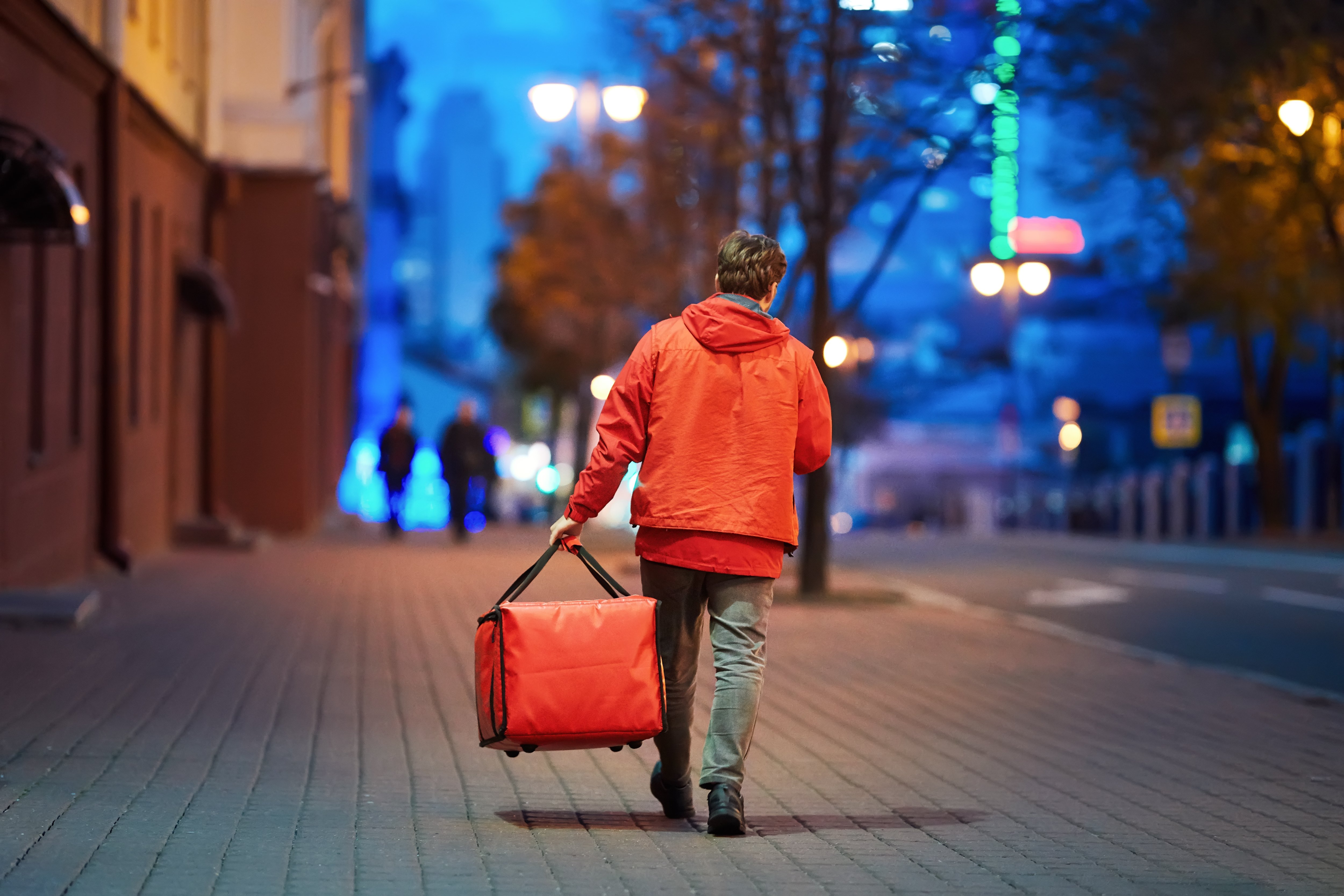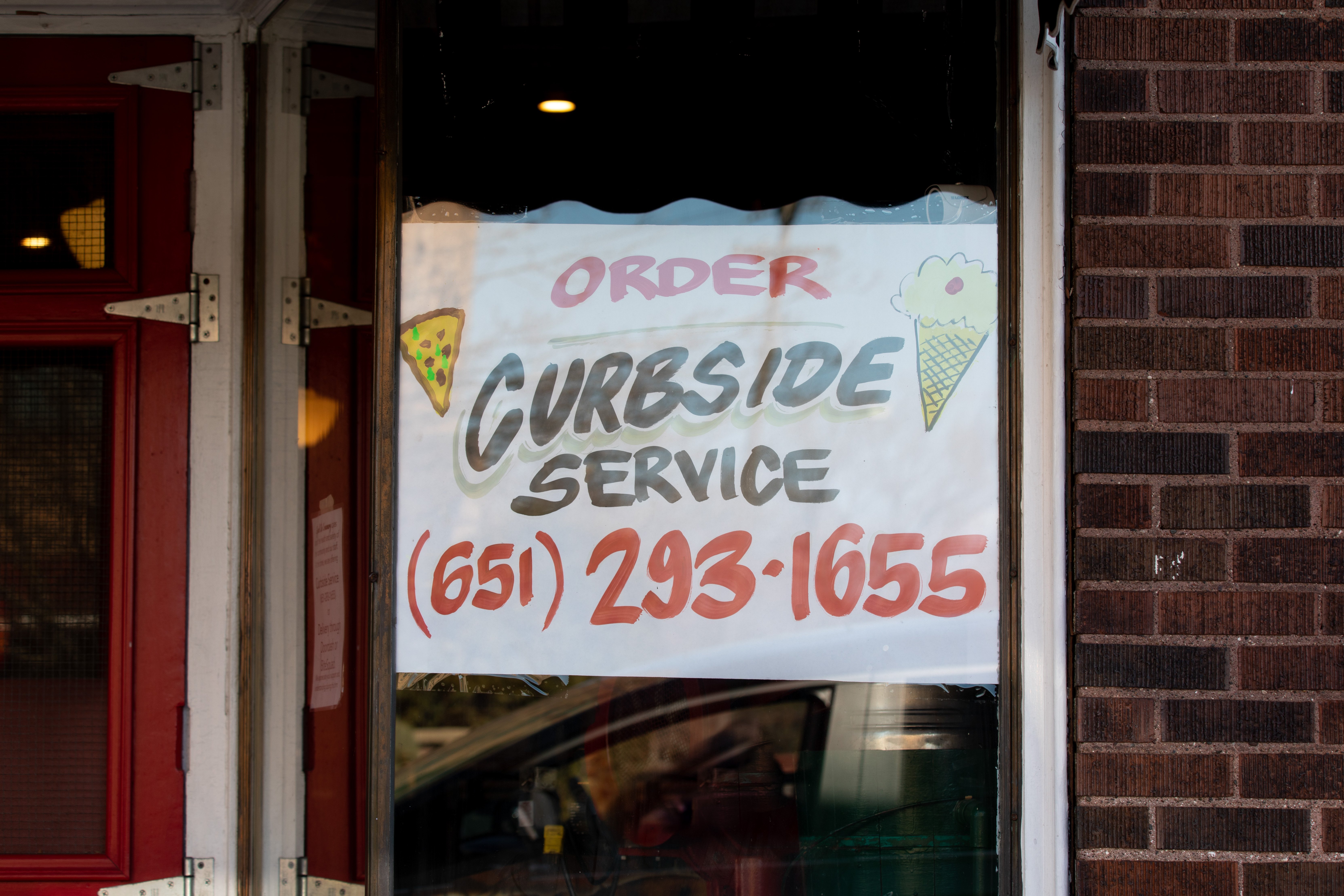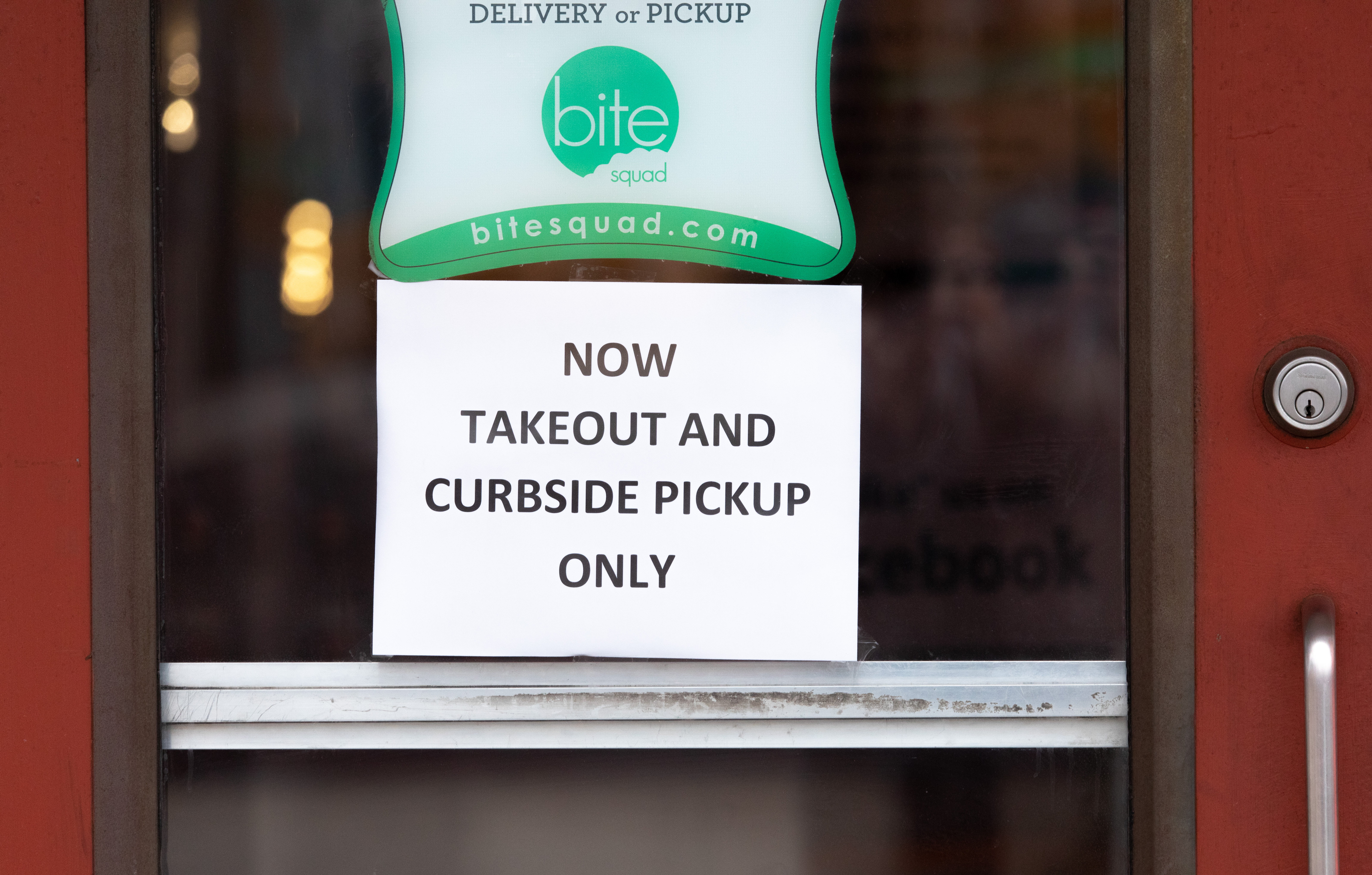As we close out another week, my man and I will do what we do every Friday night these days: We convert our house from office back to home, often in silence, shutting off the news and the work week, allowing the kitchen to temporarily reclaim the counter it loses each week to my standing desk. We wind down with our drink of choice, fade into the weekend, and then sometime Sunday evening, we do the whole thing in reverse. The weekend has to be different, we say. We’ll tune back in on Monday.
But a lot can happen over a weekend these days, as third-party delivery companies have recently learned the hard way. In terms of PR and future outlook, it was a rough last Friday evening through Monday morning as GrubHub, DoorDash, Uber Eats, and Postmates faced a bi-coastal assault on their business model and brand image.
At TrendSource, we’ve been putting in the COVID-19 food service industry market research to understand this rapidly-changing off-premise dining landscape, and our most recent survey data offers some insight to what operators can expect and how they can prepare.We can’t say what will happen between now and Monday, but we are getting a clearer picture of a post-coronavirus dining landscape, one in which off-premise dining options are standard across the board and delivery providers and restaurants struggle to adapt their margins, strategies, and operations to this new normal.
Delivering Restaurants from Delivery Fees: Third-Party Delivery’s Rough Weekend
There had already been trouble brewing for delivery apps, which have faced a barrage of criticism surrounding the fees they charge restaurants, their COVID-19 promotions and campaigns that many found opportunistic and disingenuous, and their treatment of their drivers who put their health in jeopardy to keep this whole operation going.

Over the last week, things got worse. First, last Friday, San Francisco’s city government capped the commissions these delivery providers could charge restaurants at 15%, arguing every dollar counts at this critical time, particularly to prevent or at least minimize industry layoffs. A joint effort by the mayor and city supervisor instituted an emergency cap, clearly painting delivery company’s margins as a threat to independent restaurants’ survival.
So that was already a rough way to end last week. Then, on Monday morning, came news that Grubhub, DoorDash, Postmates, Uber Eats were all named in a class action lawsuit filed in New York, alleging the firms have overcharged restaurants and consumers. Notably, plaintiffs allege the defendants violated antitrust law by requiring that restaurants charge delivery customers and dine-in customers the same price, forcing restaurants to raise prices for all customers to pay their delivery partner fee.
We are not legal experts and will not comment on the suit’s merit, but we do know this will take a while to move through the court system. The much more pressing concern is optics, the cliched court of public opinion; as a bookending one-two punch from the mayor’s office to the New York courts, well, the optics just are not that great.
Delivery providers, which are unquestionably providing a service for a nation under lockdown, are nonetheless portrayed as predatory and opportunistic, using the leverage this pandemic has provided them in order to squeeze some extra money out of already struggling, often independently-owned restaurants. This is already the narrative emerging in media coverage. Throw in the fact that they also face the mounting pressure of independent contractors agitating for more protections, both financially and physically as they continue to work through this pandemic and, well, you’ve got yourselves a good ol’ fashioned corporate villain.
Of course, this narrative has not gone unchallenged. GrubHub emailed its San Francisco customers, urging them to call the mayor’s office and voice their opposition to the order, which they claim will increase customer costs by $5-$10/order. They further reemphasized their commitment to helping the restaurant industry in these trying times, arguing they are the main artery keeping restaurants alive. Without saying so, the email asks which is worse for restaurants, paying a large commission on an order or having no orders at all.
They are not squeezing restaurants, the argument goes. No, this is the cost of operating a third-party delivery business, which must pay for insurance, technology, support, marketing, etc. And there is no reason to believe that isn’t true.
We’ve been describing these margins as untenable for quite some time, noting that VC funding keeps an upside-down delivery model afloat, and without customers willingly ponying up for the true cost of a massive delivery infrastructure, it can’t get better without great technological and logistical strides.
But maybe this wasn’t the best way for the industry to get more digital, just the necessary first step to compel owners and operators to think seriously about off-premise dining. As today’s quarantine measures become tomorrow’s new normal, restaurants can build out their own off-premise platforms and the titains of delivery will have to adapt.

As I related a couple of weeks ago, my man and I treated ourselves to curbside-pickup premium sushi from one of LA’s best restaurants. When we called the restaurant directly to place a pickup order, they asked us to hangup, login to Caviar, and place the order through their platform. Obviously then, Sugarfish paid the partner fee on our order despite the fact that we had tried to go directly through them.
Food Service Industry Market Research: The Permanence of Curbside Pickup
As off-premise becomes standard, this will have to change. And, according to TrendSource’s most recent food service market research, this pandemic is likely a turning point after which customers will come to expect off-premise options like free curbside pickup. Indeed, according to our survey, 47.9% of consumers want restaurants to permanently offer free curbside pickup even after the pandemic has passed, and restaurants must start adjusting to this new reality.
Jeff Chandler, CEO of Hopdoddy Burger Bar, understands that curbside pickup “is here to stay.” In a recent symposium, he pointed out that, “Off-premise will remain a strong component of the business once we get back and fully lean into this new normal.”
If restaurants want to abandon third party delivery in favor of their own system, building their own operation is the easy part; restaurants will find it much harder to drive their own off-premise traffic as consumers have been trained to use delivery apps as an aggregator of local options, which can be purchased through a common platform.
It is much easier as a consumer to fire up GrubHub to explore their Thai options and pull the trigger on some tom kha than it is to do their own research, choose a restaurant, reach out to them directly, and have them process payment and arrange delivery/pickup. In the existing set up, GrubHub and the like are far too convenient and affordable for consumers to just give it up.

There is currently some grassroots support for local restaurants, sure, and under quarantine, consumers have the time and inclination to do their own legwork. But it won’t always be like this. Restaurants without significant brand recognition will find it hard to reproduce this traffic without their delivery partners' help.
That’s why, even with the fees being charged and all the bad PR, restaurants are still scrambling to get onboarded because, for many, it’s their only option right now. One restaurateur offered this advice to her fellow operators: “Right now, I’m thinking about an intersection of the following: Food that’s easy to produce, dishes that people want, and at a price point that is correct for the times. If you want to work with a delivery service, reach out right now. They’re being bombarded.”
Facing Uncertainty, Restaurants Must Deploy Food Service Market Research Methodologies
We don’t know how long social distancing will last, how long it will be until dining rooms can reopen, how long until the virus has been beat back or if it ever entirely will. And, when or if it ends, nobody knows how this time will have changed us, our social and cultural patterns and the ways we interact with various industries.
There are some things we can safely say with certainty, of course. For example, it’s hard to imagine ordering kiosks surviving this pandemic--more customers will be comfortable ordering on their own mobile devices, and while we may soon return to face-to-face ordering, the hybrid middle ground in which customers all touch the same keypad already seems like a transitional relic of another era.
Regardless, with so much uncertainty today, tomorrow, and for as far as we can see, food service market research is pretty much mandatory right now. Businesses must have access to rapidly available data and analysis to make real-time decisions while also keeping a strategic eye on future trends.
Other than that, all you can do is keep going and get through. Now if you will excuse me, I have a standing desk to move to the closet. Stay safe!


